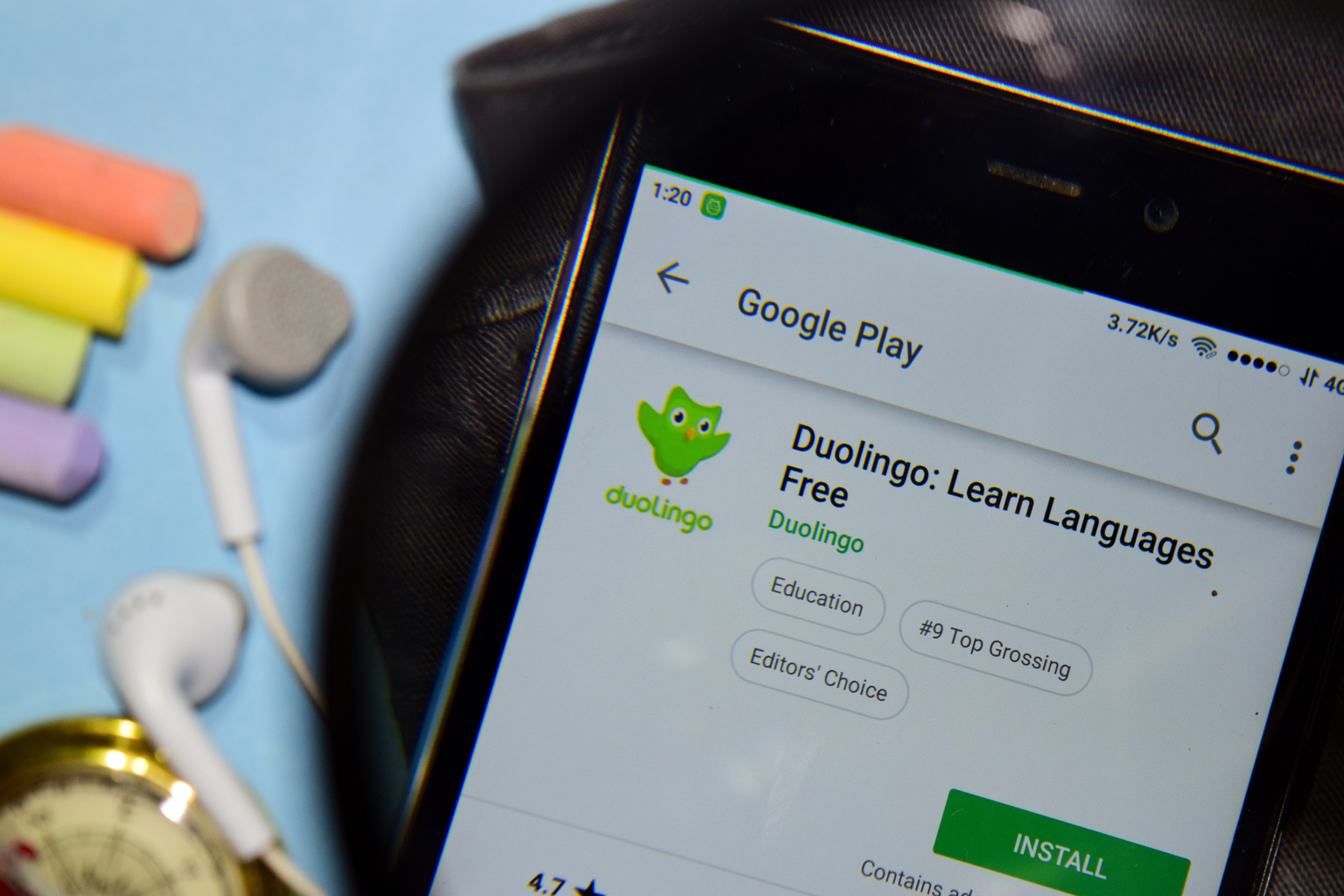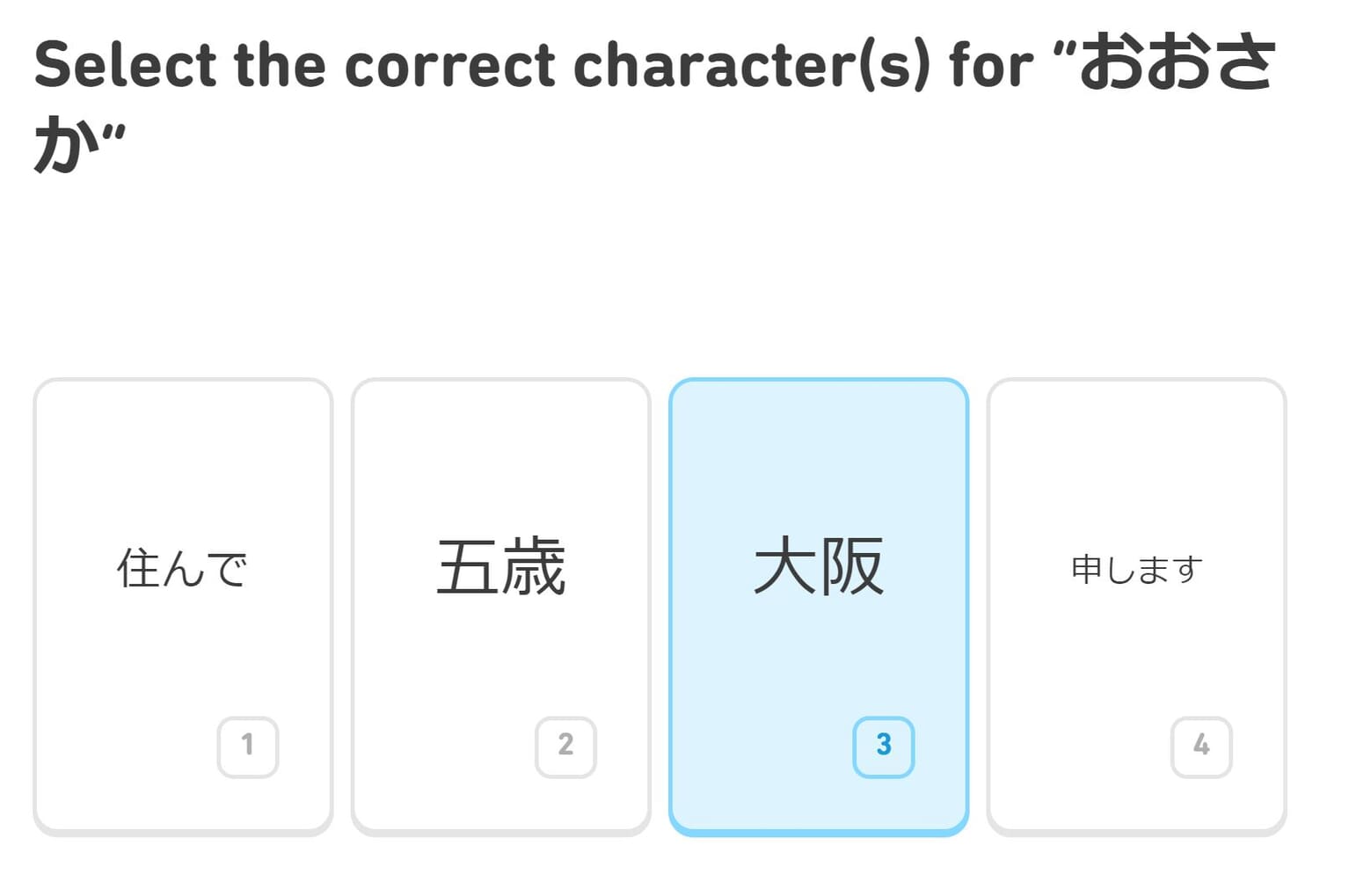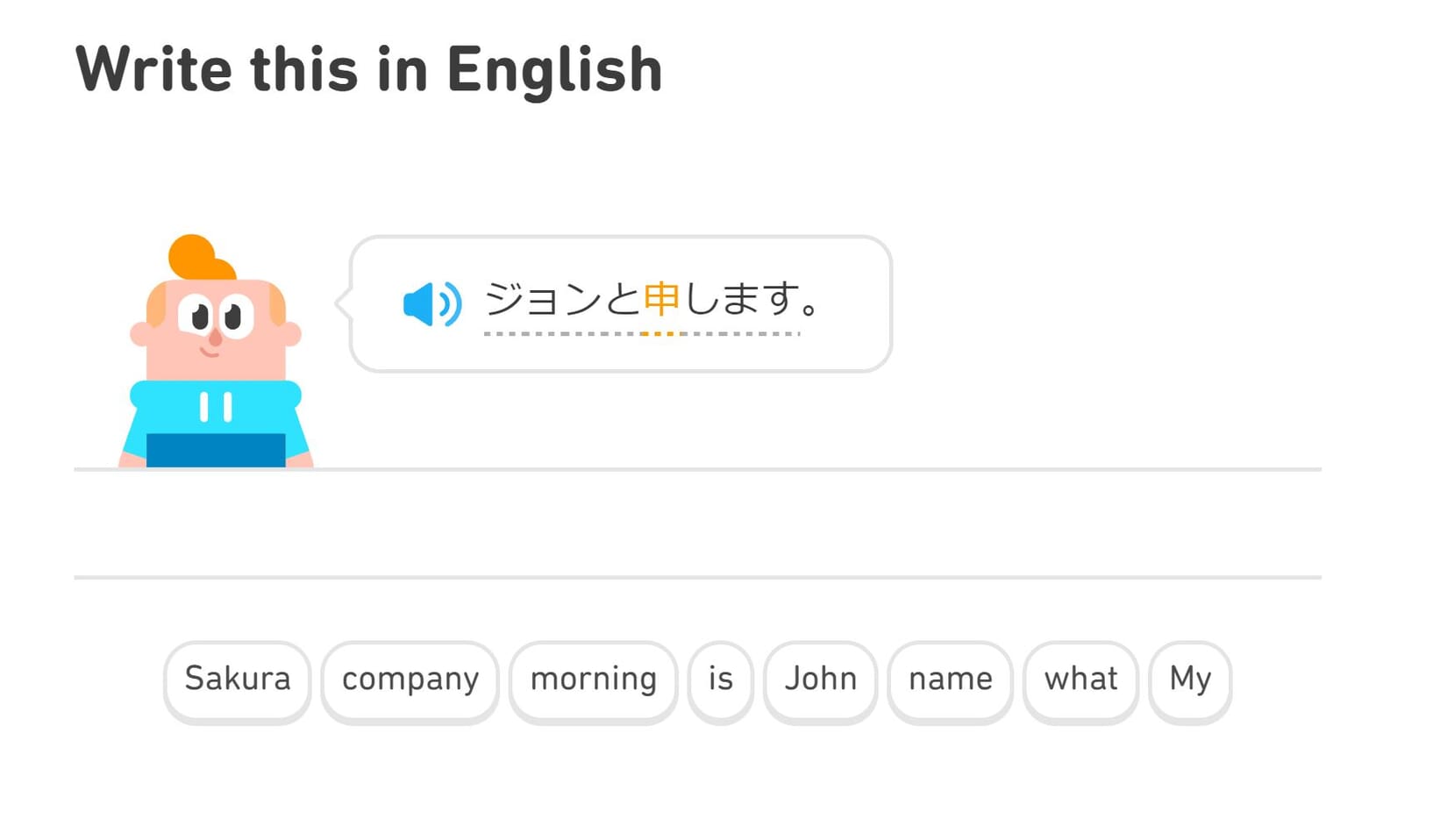With over 300 million registered users, it’s impossible to talk about language learning apps without talking about Duolingo. It was the first educational software to be chosen as iPhone App of the Year by Apple, it was parodied on Saturday Night Live, its owl mascot became a meme star and the company’s own CEO famously called it “fun and not a complete waste of time” (which sounds a lot more modest than earlier claims that Duolingo can rival university language classes if you just put in enough hours). In my quest to try all the Japanese learning apps, it was time to duel with Duolingo.
How Much Does Duolingo Cost?
Part of the app’s success certainly lies in it being basically free and meaning it. Unlike other basically free apps, the free version of Duolingo is not just a cruel tease for all the cool stuff you’ll get when you pay up, but provides content for months and years, or however long you feel like obeying the owl. The fee-based Duolingo Plus gives you greater freedom in moving around lessons, an extra category of quizzes, the option to study offline and an ad-free environment. Nice to have, but hardly essential.

Editorial credit: bangoland / Shutterstock.com
The Duolingo app runs on all common mobile and non-mobile operating systems. You can also go old-school and just use the website. The first time you sign up for a class (there are over a hundred languages available), you can opt for a proficiency test, so you don’t have to start from hajimemashite (nice to meet you). After I took the test, the app decided I could skip a few lessons, yet would still be considered to be in the ‘basic’ field. Fair enough.
How Do You Actually Study With Duolingo?
Lessons are grouped under so-called Checkpoints into categories like Home, Family, Activity, etc., and have several levels. Once you complete at least one level in every group, you can proceed to the next checkpoint. Tasks consist of picking out vocabulary from multiple-choice options, pairing kanji and katakana as well as translating from and to Japanese.
 In the translation exercises, you will read or hear the source sentence, then pick the right words in the correct order from an unordered word cloud (there will be some deceitful choices that have no place in the sentence). This approach works well for teaching reading and listening skills but doesn’t do much for your writing and speaking abilities. The most obvious shortcoming of Duolingo.
In the translation exercises, you will read or hear the source sentence, then pick the right words in the correct order from an unordered word cloud (there will be some deceitful choices that have no place in the sentence). This approach works well for teaching reading and listening skills but doesn’t do much for your writing and speaking abilities. The most obvious shortcoming of Duolingo.
Where Duolingo Excels
One of the things that Duolingo does better than any other app is making its users come back for more. Daily, in fact. It rewards you with achievements, power-ups and jewels to spend on more power-ups or silly items like new dresses for the owl mascot (you will consider them sooner than you think).
When I started on January 1st I never thought I’d keep it up but I made it to all these halfway marks at the same time. What a boost! @duolingo pic.twitter.com/BMQnMC0Cqc
— Lou (@loutherover) January 29, 2018
The best strategy for earning big is maintaining your “streak,” meaning you’ll have to reach your pre-selected study goal (most commonly ten minutes) every day. (There is a power-up you can use to take a day off occasionally.) Many students find this approach pushy. I think, however, that a bit of pushiness is required when studying a new language (arguably, it might be the lack of pushiness in other apps that made me abandon them after the initial fascination had worn off).

Duolingo might be pushy, but it’s not mean. That owl understands what many real-life teachers (and work managers) out there will never get: praising is a much more effective motivator than scolding. The owl will constantly tell you how great you are doing and it will remind you if you haven’t opened the app in a while (they are not called ‘push’ notifications for nothing). Every task is presented by an animated character that will go crazy with joy if you get it right. Only one of them won’t allow you more than a blasé smirk and a round of sarcastic mini applause (I like her the most).
Complimenti, Christine! pic.twitter.com/GixvQ3NwjU
— Duolingo (@duolingo) August 30, 2021
Overall Impressions
I had my first go at Duolingo a couple of years ago and I found it as promised: fun and not a complete waste of time. I don’t remember why we broke up. Probably I just needed some space. Space on my smartphone for more useful things. Now, equipped with a new model with a lot more memory, maybe our relationship will last longer. Duolingo helps me keep up with my Japanese learning even on the days I can’t go out and practice it in the wild. It reinforces knowledge I had already gathered elsewhere and sometimes it even teaches me a new trick or two.
I highly doubt, however, that its somewhat unordered approach is suitable for learning a new language from scratch, or even for making significant progress in one you are already slightly familiar with. Still, it’s fine as a confidence booster: your daily reminder that you aren’t entirely clueless. Sometimes that’s all we need. But not always.
BREAK TIME, a.k.a. perfect time to reveal our first winner of the Silly Sentences contest with @pattonoswalt!
We love a wacky, out-of-this-world pun, and @RealJohnAbbott certainly delivered with the phrase “Eat tea, phone home”! pic.twitter.com/2Mrg84nKpE
— Duolingo (@duolingo) August 20, 2021
Check out the reviews of other Japanese learning apps in this series:









